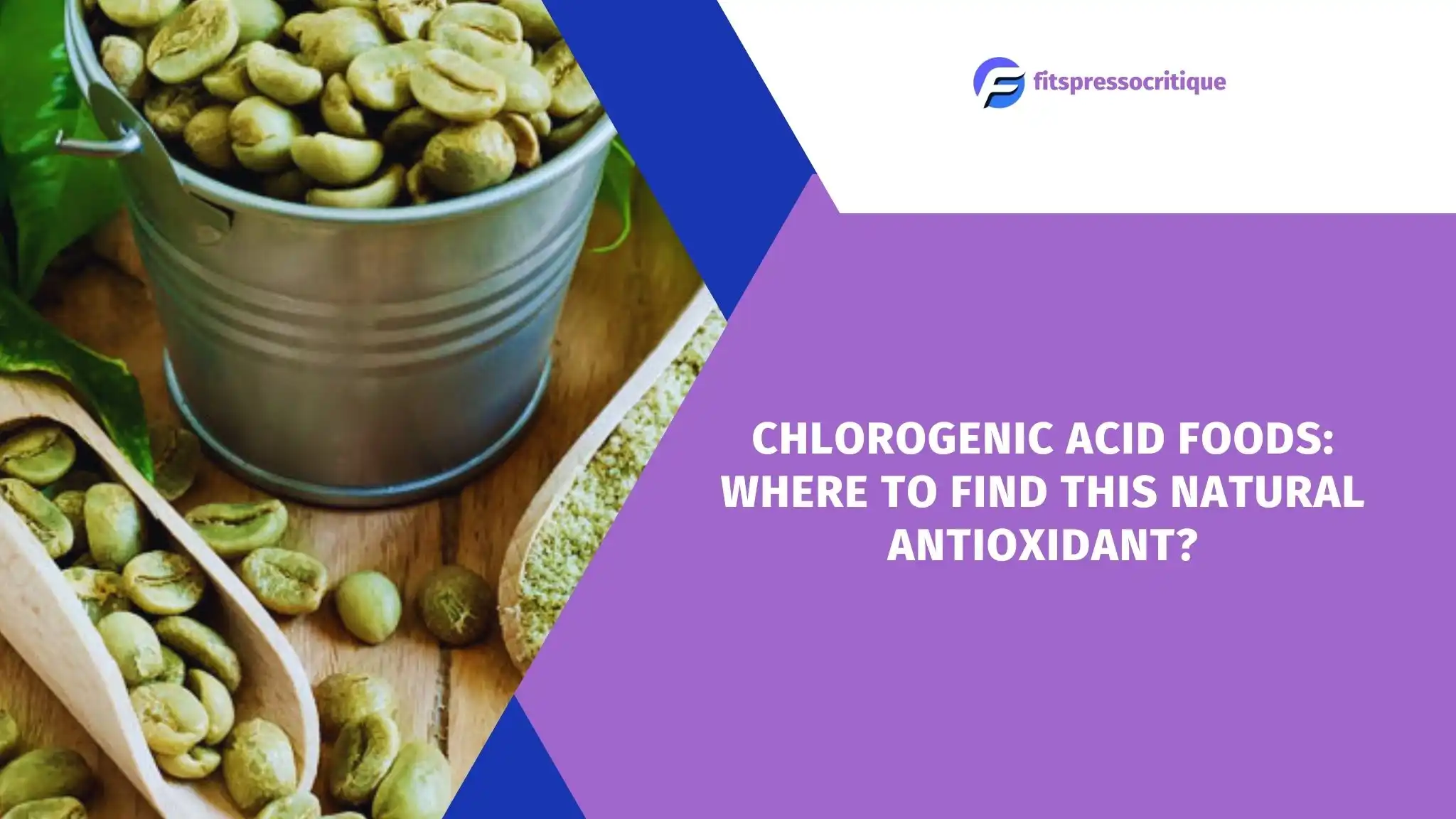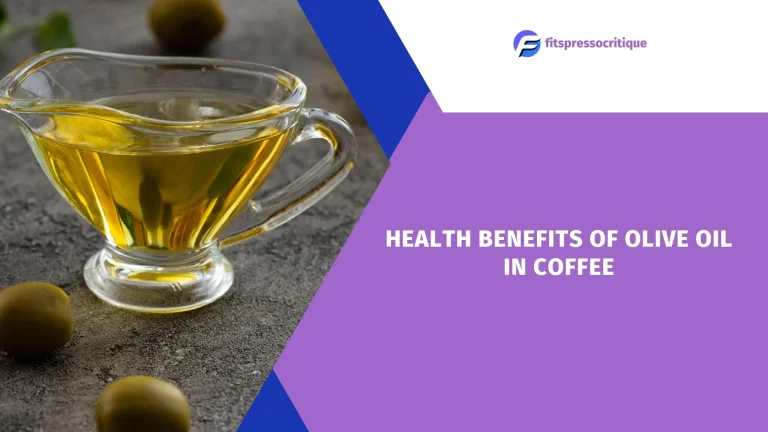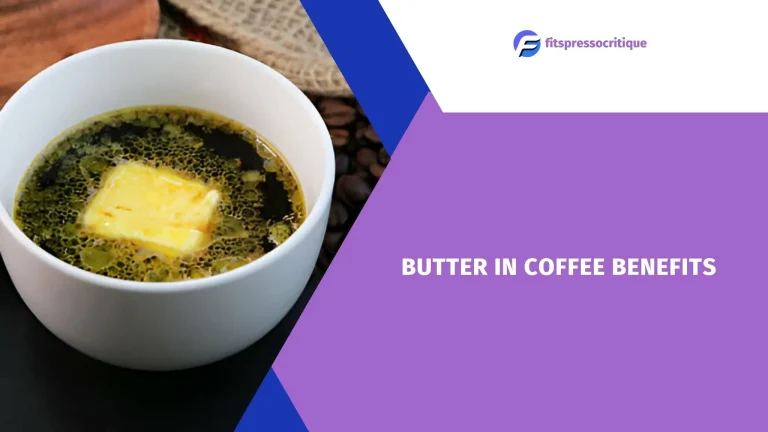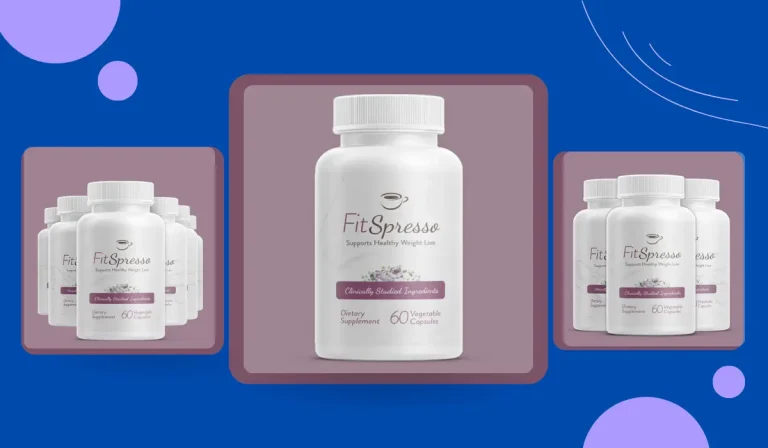Chlorogenic Acid Foods: Where To Find This Natural Antioxidant?
Chlorogenic acid foods offer a way to get more of this powerful antioxidant into your diet. It’s found in everyday foods like coffee, and tea, fruits such as apples and pears, and vegetables like eggplant and potatoes.
Studies suggest it brings health benefits, like fighting inflammation and protecting against diseases. Plus, green coffee beans have more of it compared to roasted ones.
Top Food Sources Of Chlorogenic Acid
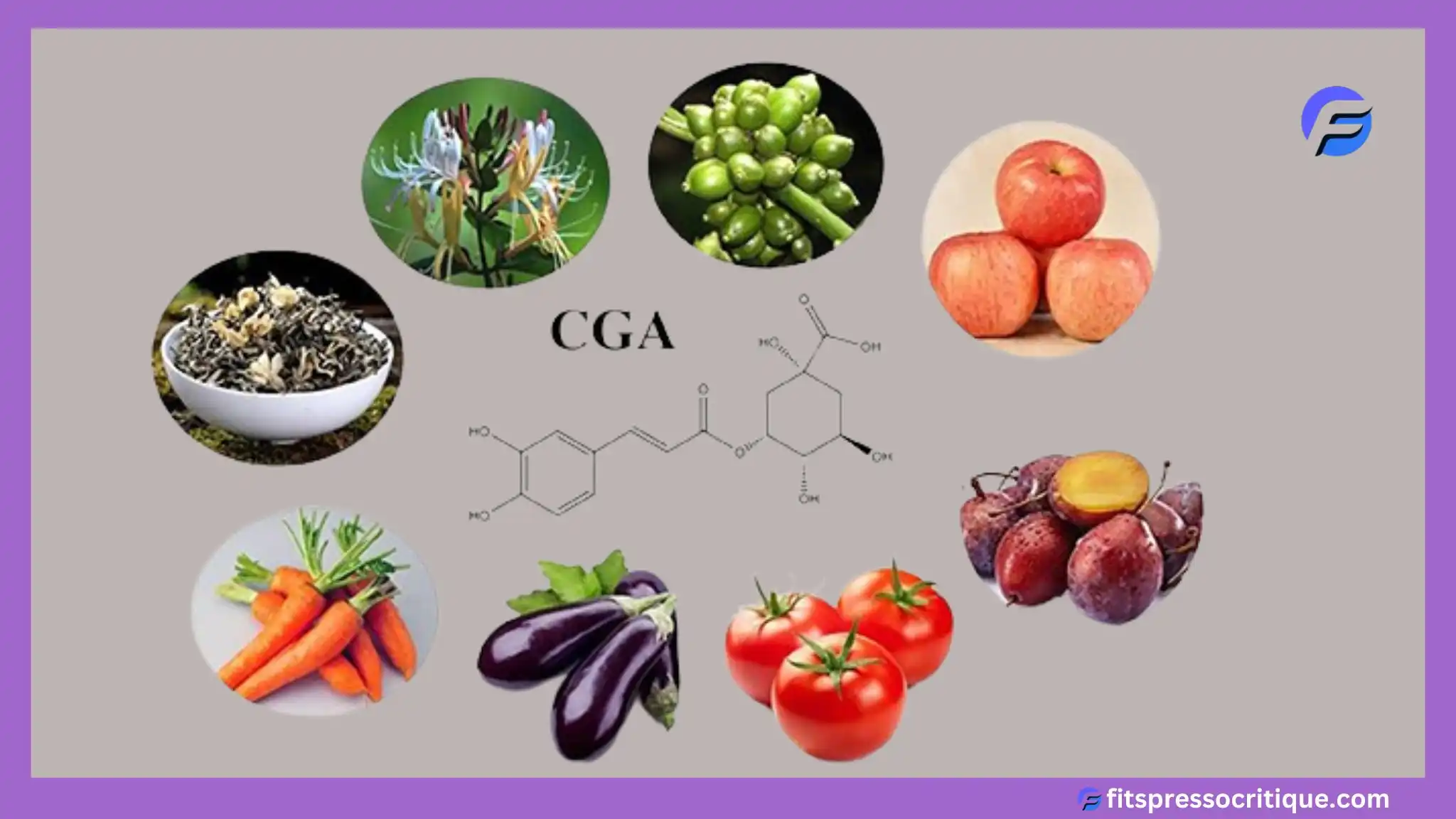
Before we dive into the foods, let’s quickly touch on what chlorogenic acid is. It’s a type of antioxidant that’s found in many plants, including coffee, tea, and fruits like apples and pears. It has a variety of potential health benefits, including supporting weight loss, reducing inflammation, and improving heart health.
Coffee
If you’re a coffee drinker, you’ll be happy to know that coffee is one of the best sources of chlorogenic acid. Coffee beans are one of the richest dietary sources of this antioxidant. However, keep in mind that the roasting process can reduce the amount of chlorogenic acid in coffee, so opt for lightly roasted or unroasted beans if possible.
Tea
Tea is another great source of chlorogenic acid. Green tea, in particular, is high in this antioxidant. One study found that green tea contains up to 15 times more chlorogenic acid than black tea. So if you’re a tea drinker, consider switching to green tea for an extra boost of this antioxidant.
Fruits
Many fruits are also high in chlorogenic acid, including apples, pears, and plums. These fruits are not only delicious but they’re also packed with other nutrients like fiber and vitamin C. So add them to your diet for a tasty and healthy chlorogenic acid boost.
Vegetables
Vegetables are another great source of chlorogenic acid. Some of the top chlorogenic acid vegetables include eggplant, tomatoes, and potatoes. These veggies are not only high in this antioxidant, but they’re also low in calories and packed with other nutrients.
Nuts And Seeds
Nuts and seeds are also a good source of chlorogenic acid. Sunflower seeds, in particular, are high in these antioxidants. So consider adding them to your diet for a tasty and nutritious chlorogenic acid boost.
Incorporating Chlorogenic Acid Foods Into Your Diet
Now that you know where to find chlorogenic acid, how can you incorporate it into your diet? Here are a few tips:
- Start your day with a cup of coffee or green tea.
- Add fruits like apples, pears, and plums to your diet.
- Incorporate vegetables like eggplant, tomatoes, and potatoes into your meals.
- Snack on nuts and seeds like sunflower seeds.
Remember, it’s important to consume chlorogenic acid as part of a balanced diet that includes plenty of fruits, vegetables, whole grains, lean proteins, and healthy fats. As always, talk to your doctor or a registered dietitian before starting any new supplement or diet regimen.
The Benefits Of Chlorogenic Acid
Chlorogenic acid is a potent polyphenol compound that offers a wide range of health benefits:
1. Antioxidant Protection
- Chlorogenic acid is a powerful antioxidant that helps protect the body against oxidative stress and free radical damage.
2. Blood Sugar Regulation
- Studies show chlorogenic acid can help slow the absorption of glucose, improving insulin sensitivity and reducing blood sugar spikes.
- This makes it beneficial for managing conditions like type 2 diabetes and metabolic syndrome.
3. Cardiovascular Health
- Chlorogenic acid inhibits the oxidation of LDL (bad) cholesterol, promoting healthier blood flow and reducing the risk of heart disease, hypertension, and stroke.
4. Anti-Inflammatory Effects
- Chlorogenic acid has been found to possess potent anti-inflammatory properties, which are crucial for preventing chronic inflammation-related diseases.
5. Neuroprotective Benefits
- Emerging research suggests chlorogenic acid may help protect brain cells from damage and support cognitive function, potentially aiding in age-related cognitive decline.
6. Versatile Applications
- By incorporating chlorogenic acid-rich foods into one’s diet, individuals can harness the compound’s wide-ranging benefits to support overall health and well-being.
Overall, the impressive antioxidant, blood sugar-regulating, cardiovascular, anti-inflammatory, and neuroprotective properties of chlorogenic acid make it a valuable phytochemical for promoting holistic health and preventing various chronic conditions. Try to take safe supplements like FitSpresso that contain high concentrations of chlorogenic acid.
Conclusion
Chlorogenic acid is a powerful antioxidant that’s found in a variety of delicious and nutritious foods. By incorporating these chlorogenic acid foods into your diet, you can support your overall health and well-being. So why not give them a try? Your body will thank you!
